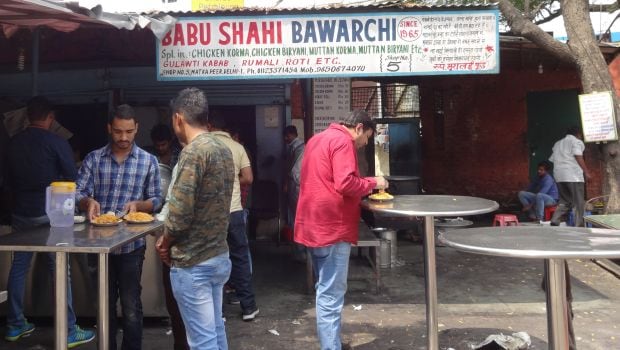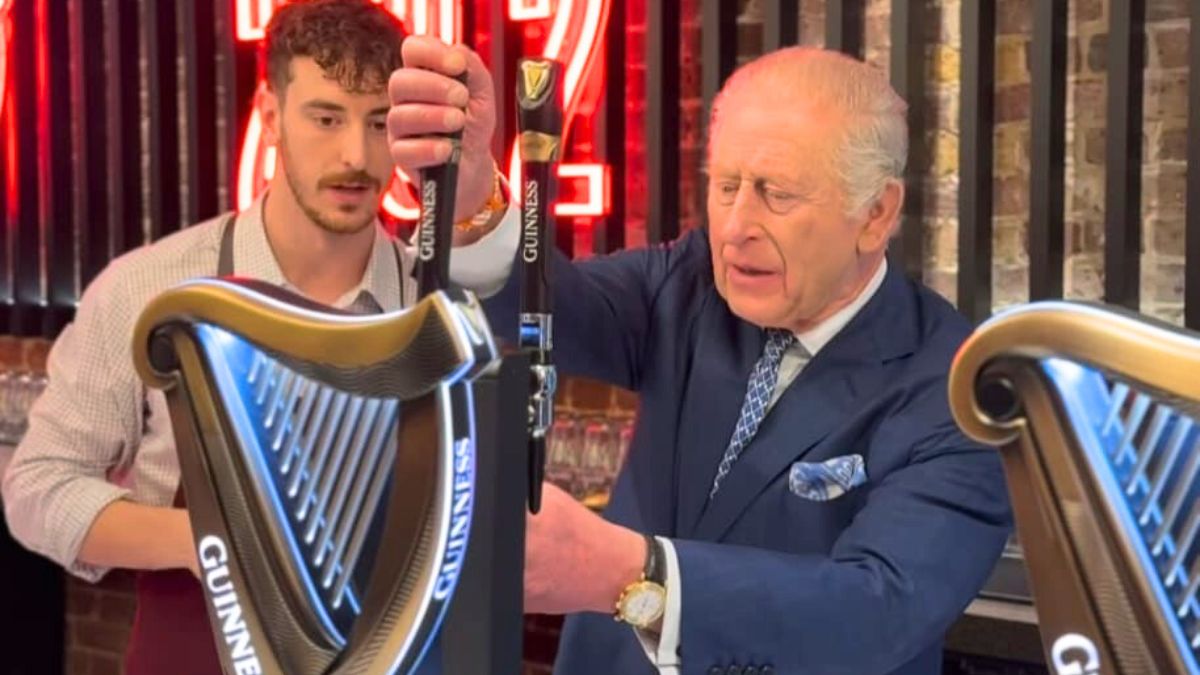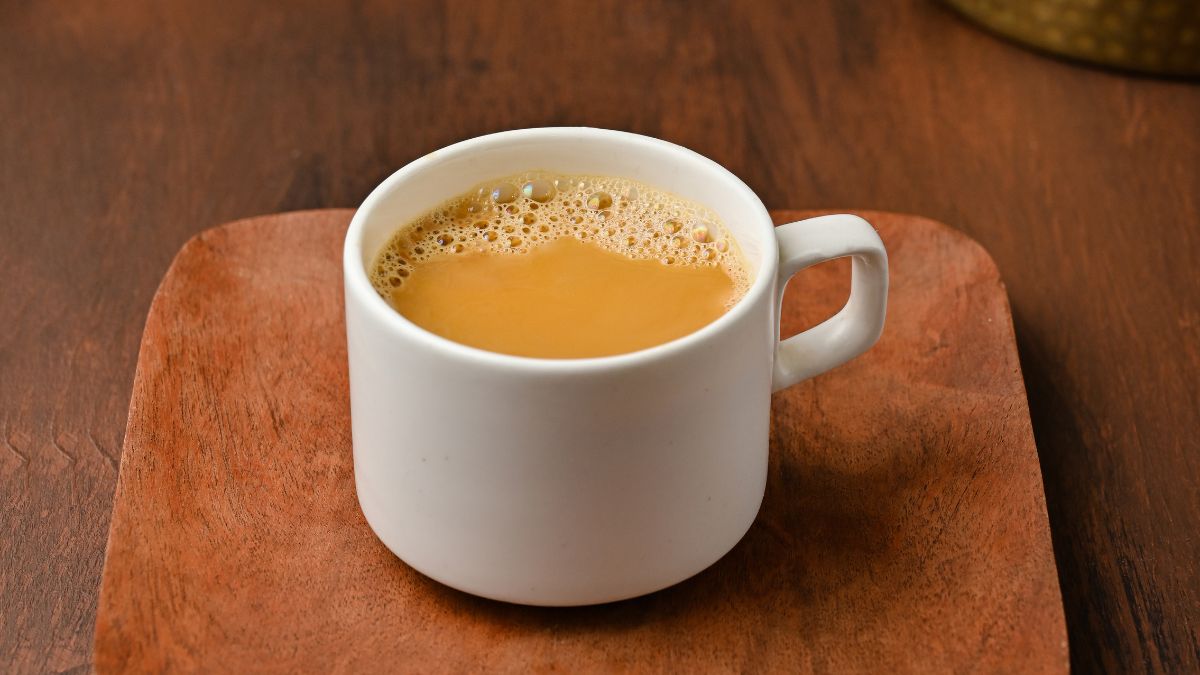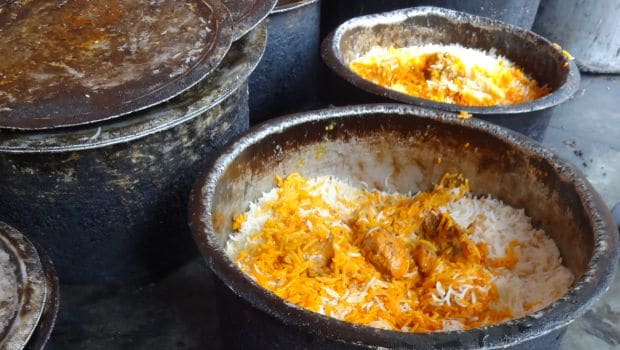Whenever someone mentions Matka Peer, the immediate thought that comes to mind for most Delhi folks is Babu Shahi Bawarchi’s biryani. Considered to be a food institution, people claim that it has been running the biryani business since the Mughal time. Tucked away at the corner in the compound of the Matka Peer Dargah, it is easy to miss, but then you notice the signboards which lead you to this hole-in-the-wall eatery. It’s literally a small shack with a couple of tall tables and one sitting area. You need to make your way through the crowd, who throng the eatery during lunchtime and post 9 pm, to place your order from a very limited menu.Needless to say, the biryani is the star dish here along with what they call galouti kebabs. Babu Shahi Bawarchi's popularity probably has much to do with the fascinating story behind the Matka Peer Dargah than just the food. Legend has it that during the 12th century, a Sufi saint had travelled to India all the way from Iran to spread the teachings of Islam. He was residing in a forest near the Yamuna bank when one day, he found a commoner from a nearby village attempting suicide. When he intervened, he learnt that the man was suffering from an incurable disease and therefore wanted to end his misery. The Saint offered the man some water from his earthen pot and assured him that he would feel better. And sure enough, the man overcame the illness and got back to being healthy again.News of the magical healing powers of the Saint spread near and far, and soon reached the ears of Sultan Giyasuddin Balban, who didn’t seem convinced. To test the Saint’s mystical powers, he sent him a pot of iron balls that resembled black grams, and another pot of clay that resembled jaggery. In response to the mockery, the Saint magically transformed the contents of the pots into real black grams and jaggery, which were then distributed to the villagers. Thus the story of the Matka Saint stuck, and to this day, as a show of respect, people offer earthen pots to the dargah and even tie them to the barks of the trees surrounding it.

Photo Credit: instagram/ijtaba7
So how does Babu Shahi Biryani come into the picture? Those not in the know-how commonly associate the term ‘matka’ with something to do with biryani. But that’s apparently not the case here, if one were to believe the Sufi Saint story. Of course there are many theories.According to renowned food writer and critic Marryam Reshii, “It is said that since the inception of the dargah, there has always been a biryani stall to cater to the devotees who come to visit the shrine. Probably this is why the term ‘Matka Peer Biryani’ has stayed with us. Now, whether it was the same Babu Shahi Bawarchi whose ancestors were the ones to start the stall back then is something we can’t be certain of. What we do know is that the biryani used to be very popular about 20 years ago. It was very different from what is served today, and you could even provide them the ingredients and they would cook the biryani or korma for you.”Anoothi Vishal, an eminent food writer who has written extensively on food history and the cultural links between cuisines, says, “Babu bhai, as he was called, morphing into a ‘shahi bawarchi’ is a sign of our times perhaps where everything has to have a story to sell. Quite like Tunday Kababi in Lucknow that was a very humble stall selling Bade ke Kebab to the working classes till they decided to adopt the story of being Nawabi cooks and their secret 120 masalas that go into the making of the kebabs.”Also Read: (10 Best Biryani Recipes)

Galouti Kebabs; Photo Credit: Plavaneeta Borah
“The Matka Peer biryani has been around for quite some time. I remember in the late 1990s, when we used to have family parties, sometimes we used to get biryani from Babu Shahi. Babu bhai made food for the commoners strictly, as the use of humbler ingredients and the location of his shop suggest. He seems to have gained some currency in the late 1990s and early 2000s. I have eaten his biryani as also the korma he cooked so many years ago and I think it is overrated. But then much else is. It is quite hard to find these things outside homes and a good story always is compelling,” adds Anoothi.If one were to believe rumours, it is said that Babu Shahi’s family no longer runs the show here. It is managed by some other people now, and as such, the taste and quality of the biryani and korma fail to match up to what they used to be. Considering Delhi now has numerous biryani joints in every nook and corner, some offering really spectacular flavours, the Babu Shahi Bawarchi of today does little to impress. The biryani lacks the distinctive flavour of the myriad spices that go into its making, while the Galouti Kebabs are nothing close to the melt-in-the-mouth consistency we have become accustomed to.

Chicken Biryani; Photo Credit: Plavaneeta Borah
The Mutton Biryani and Mutton Korma are usually made to order, with 24 hours’ notice. When we visited during lunchtime, we found two cooks busy preparing Mutton Biryani and Korma in multiple vessels, making it evident that the eatery is preferred for takeaways. The dishes that are available to walk-in customers include Chicken Biryani, Mutton Galouti Kebabs, Chicken Korma with roomali rotis and rolls.

Photo Credit: Plavaneeta Borah
If you are planning a visit, we would say don’t go with high expectations. Visit the place to experience the old charm of it rather than hoping to be floored by the flavours. Or go there to pay respect to the Matka Peer Saint, now that you know the story behind it.












